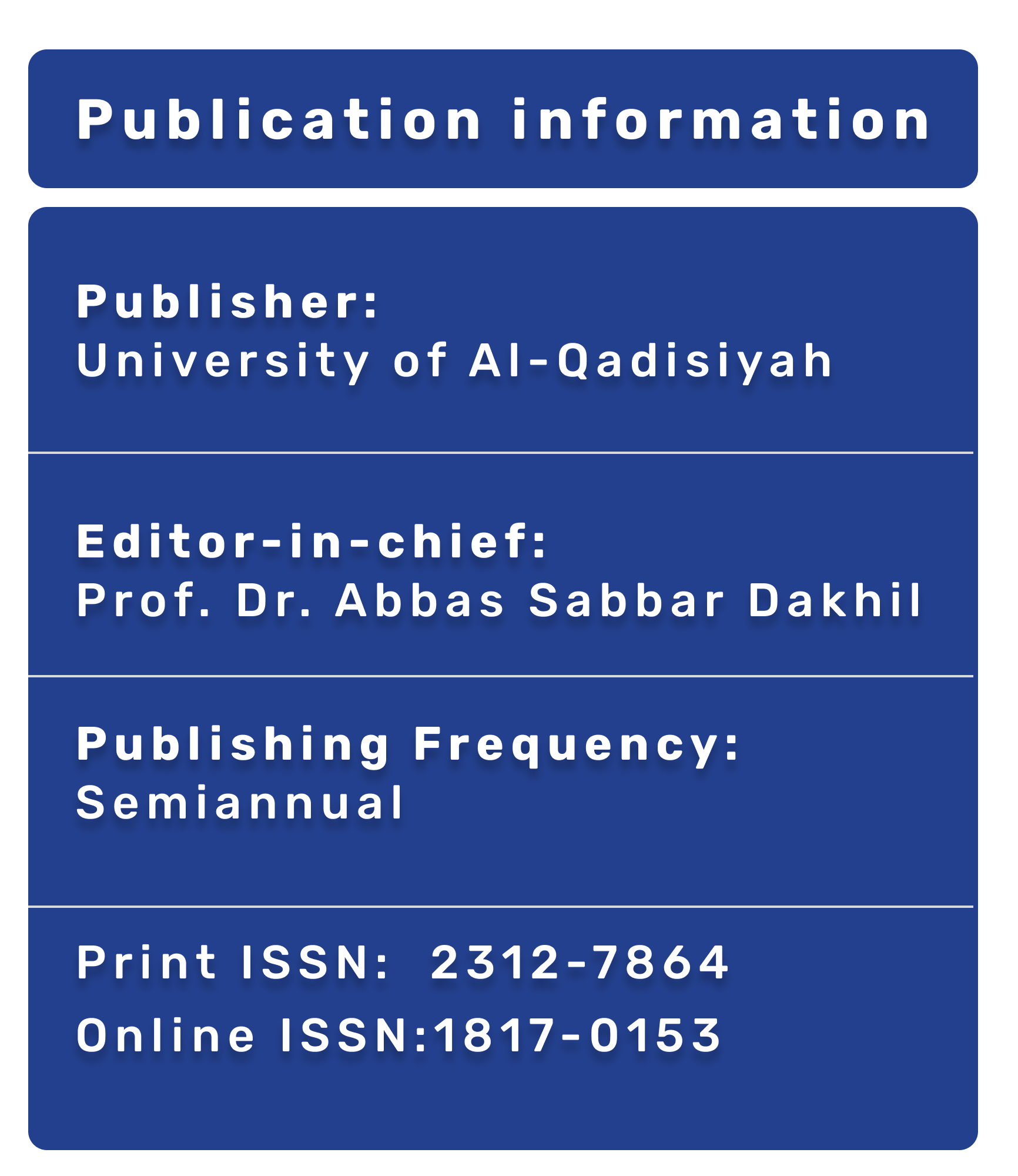: Knowledge, Attitude and Practice Regarding Obesity and its Related Complications in medical student of the College of Medicine of AL-Qadisiyah University
DOI:
https://doi.org/10.28922/qmj.v21i1.1039Abstract
Abstract
Background: Obesity, being a widespread epidemic, affects individuals of all age categories, spanning from children, teenagers, adults, to the elderly. The swift escalation of obesity cases is giving rise to an increasing array of ailments, thus evolving into a significant health dilemma. Vitamin D insufficiency stands out as a prevalent issue globally, ranking high among common conditions that can be prevented. Hence, it becomes crucial to delve into the depths of public consciousness and perceptions regarding this deficiency, pinpointing areas where daily routines could potentially hinder the maintenance of adequate vitamin D levels within their systems.
Aim of the study: The aim of this cross-sectional research was to explore the knowledge, attitude, and practice (KAP) related to obesity as well as vitamin D among Medical school students in Adiwaniyah Province, Iraq. It was observed in this investigation that many students lacked awareness about obesity.
Patients and methods: This cross sectional university based study enrolled 350 medical student belonging to college of medicine/ University of Al-Qadisiyah during the period from January 2024 through July 2024. The age was ranging 17 and 26 years. A questionnaire regarding knowledge, attitude and practice with respect to obesity and vitamin D was formulated and adopted in this study. Anthropometric measures included weight, height, BMI and waist circumference.
Results: Regarding body mass index (BMI), the range was between 20.36 -49.33 kg/m2 and the mean was 29.83 ±4.20 kg/m2. Normal BMI was reported in 9.4 %, overweight was seen in 48.9 %, and obesity was recognized in 41.8 % which was further subdivided into 30.9 %, 8.6 % and 2.3 % as class I, II and III obesity. With respect to waist circumference, the range was between 78 -131 cm and the mean was 102.46 ±14.05 cm. The distribution of students based on waist circumference was as following: 8 (2.3 %), 90 (25.7 %), 119 (34 %) and 133 (38 %) as underweight, normal weight, overweight and obese, respectively. The mean score of knowledge was 1.91 ±0.29 and it ranged between 1 and 2. High knowledge score was seen in 90.9 % and low knowledge score was reported in 9.1 % of cases. The mean score of attitude was 2.38 ±0.66 and it ranged between 1 and 3. High attitude score was seen in 47.4 %, moderate score was seen in 42.9 % and low score was reported in 9.7 % of cases. The mean score of practice was 2.63 ±0.59 and it ranged between 0 and 3. High practice score was seen in 68.9 %, moderate score was seen in 26 % and low score was reported in 5.1 % of cases. Attitude score was significantly and positively correlated to height and BMI. Mean practice score was higher in males in comparison with females, 2.71 ±0.51 versus 2.58 ±0.64, respectively (p = 0.045).
Conclusion: Knowledge, attitude and practice of students to obesity and its related aspects were encouraging however, two key points were noticed, the first was that most students were either overweight or obese.
Key words: Knowledge, attitude, practice, obesity, vitamin D








